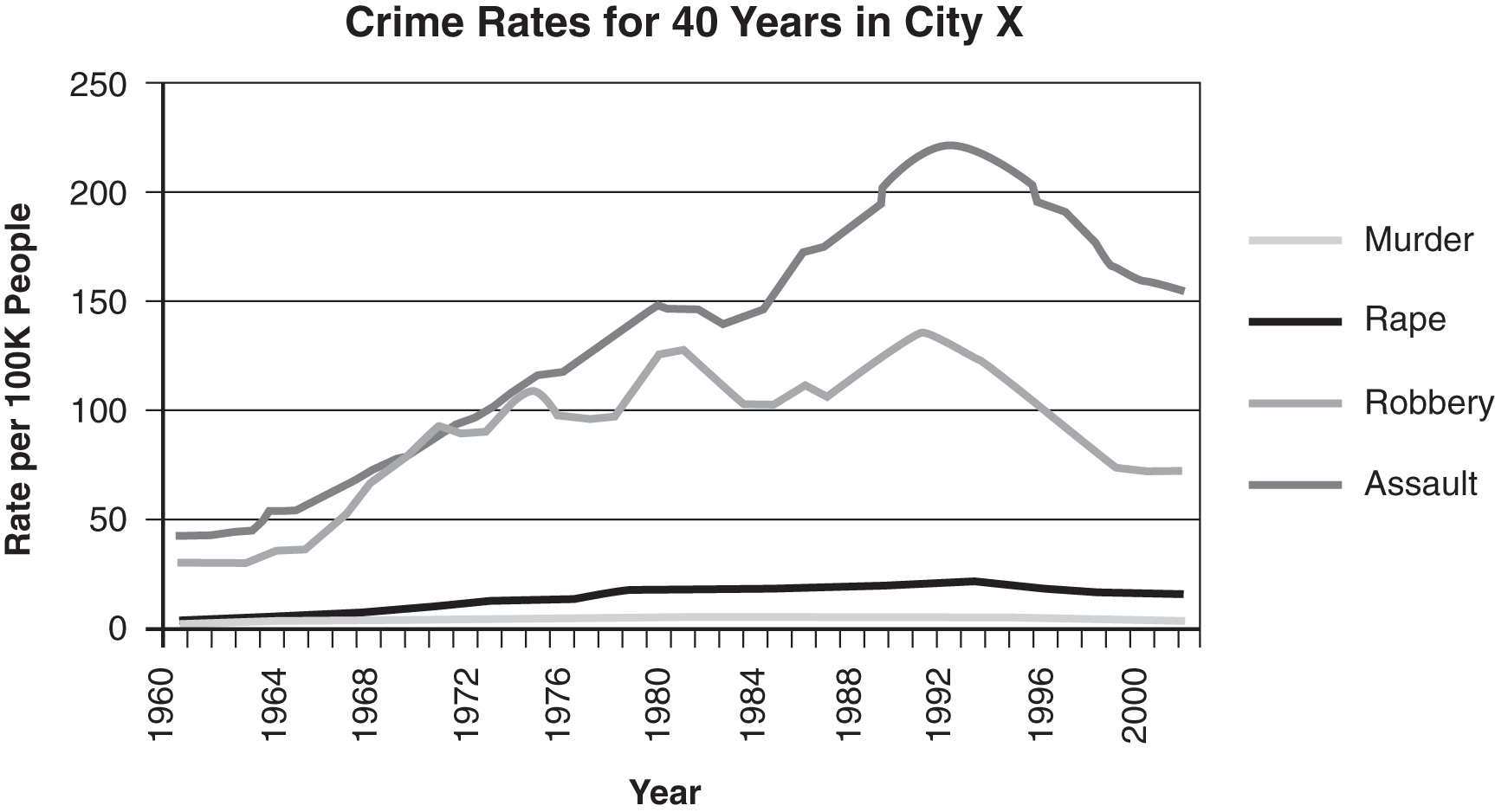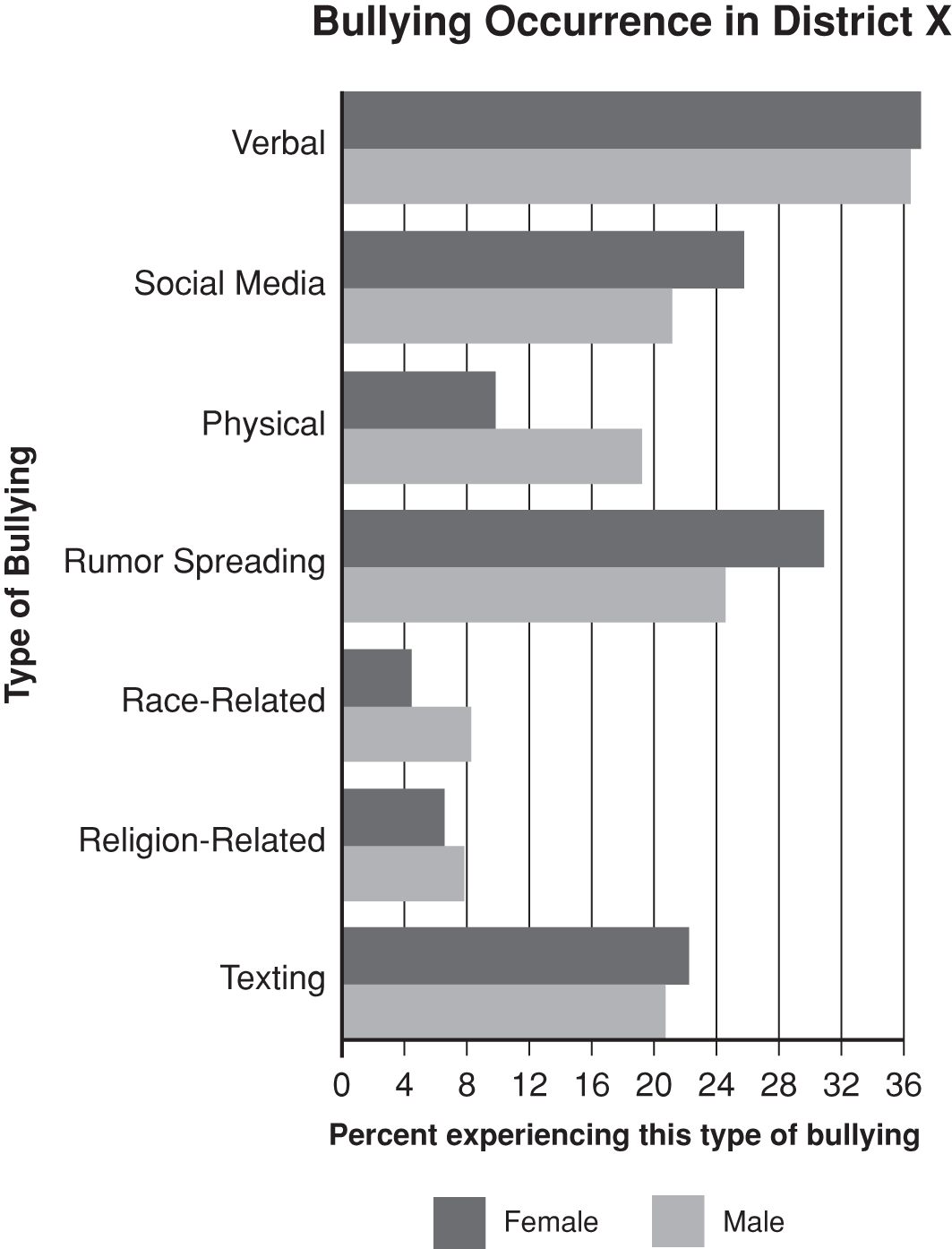Draw Logical Conclusions Related to Police Scenarios
The
skills involved in tackling logic and reasoning problems include drawing well-supported conclusions, identifying
and applying principles and definitions, determining
if a scenario satisfies a set of characteristics, and making
common-sense inferences from a set of facts.
A
portion of your police examination will assess your ability to process
information logically, to formulate an easily understood synopsis of a
situation, to correctly apply the formal
definition of a crime to different scenarios, and to
reason inductively and draw a plausible conclusion from a set of facts. The questions are based on short excerpts
from various sources, including case studies, newspapers, and informal
discourse.
Reasoning is the
process of using existing knowledge to construct viable explanations or
arguments, draw plausible conclusions, and make predictions. Logic can be viewed as the science of
reasoning. We review some essential
basics of logic, out of context, in this short section, and then dissect some of
the common types of problems you will encounter on the exam in the short
sections that follow.
The
act of drawing conclusions from premises—information, facts, criteria, etc.—is called inference. For example, you see a large amount of
water on the floor in the kitchen of a house and infer that either a pipe must have burst or the dishwasher
malfunctioned.
The
reasoning process starts with premises and produces an output, or conclusion.
The main concern of logic is determining if the conclusion based on the input
is correct. An argument is a sequence
of statements, the last one of which is the conclusion: the beginning words of
a conclusion are often therefore, thus, or
hence. The input statements contributing to the formation of an argument
should justify the conclusion.
Consider
the following nonsensical, yet logical, argument:
All guinea pigs are birds.
All birds are
Plutonians.
Therefore, all guinea
pigs are Plutonians.
Though
the statements themselves are not factually true, the argument is perfectly
logical. The structure of the argument is: “All p are q. And all q
are s. Therefore, all p are s.”
The following is another valid argument, this
time based on factual information:
All geckos are reptiles.
No reptiles are
warm-blooded.
Thus, no geckos are
warm-blooded.
A
twist that many people find unintuitive is that an argument formed using
factual information can still be invalid. For example, consider the following argument:
Some birds are pets.
Some pets are cats.
Thus, some birds are
cats.
The
two premises are true. However, the
final statement is not a logical conclusion that follows from these two statements,
right?
Let
us consider a more realistic scenario that involves making a logical
conclusion:
Condominiums
on the upper west side portion of the island cost less than condominiums on the
east side of the island. Condominiums on
the beach cost more than condominiums on the east side of the island. Of the three condominium locations, the beach
condominiums cost the most.
This
argument is valid and follows from the same logic used in our first example,
but in a slightly different form. Precisely, “If p < q and q < s, then p < s.”
You are unlikely to encounter arguments like this on the exam. However, you will need to be able to ferret out logical reasoning from illogical reasoning, especially when on the
job, taking reports from victims, assailants, burglars, witnesses, etc. We consider the main different types of
questions you can expect on the exam in the next few sections. The underlying approach to solving these
problems is rooted in these logic basics.
Sample Reasoning Questions
Inductive reasoning
requires you to use pieces of information to draw a likely conclusion. These problems can take
on different forms. We'll consider various
sample questions below.
-
During a seminar on traffic
stop procedures, officers are urged to follow these guidelines when confronting
a driver about a traffic violation:
- Use a passenger-side approach so you are not blindsided by passing traffic.
- Use all
your patrol car’s lighting to create a wall of light.
- Call in
the traffic stop before you even initiate the stop.
- Remove
occupants from the vehicle if the need arises for your safety.
-
Practice
safe-searching techniques.
Based
on this information, it would be most accurate for recruits to conclude that
the main reason behind these guidelines is
- optimizing the number
of traffic violations issued.
- ensuring the safety of officers
issuing traffic violations.
- enabling officers to
scan cars they pull over for wanted criminals.
- ensuring officers are not videotaped
for wrongdoing while issuing a traffic violation.
Common
sense suggests that Choice (B) is the most sensible choice here. Choice (A) would be self-serving for the
department hosting the seminar. Choice (C) is not a likely consequence of following these guidelines. Choice (D) suggests a
defensive action not characteristic of official department policy, and therefore would
not be suitable for a seminar.
You might be asked to
consider a situation presented graphically using bar graphs, pie graphs, or
line graphs. Typically, you will be
asked to provide a likely characterization of a scenario based on this
information. For example, consider the
following question:
-
Researchers have tracked the
nature of violent crime in City X for 40 years. The categories of interest are: murder, rape, robbery, and assault. The data they have gathered is summarized in
the graph below:
During
which four-year time period does it appear that the rates of all forms of crime
are slowing down?
- 1980 to 1984
- 1964 to 1968
- 1992 to 1996
- 1974 to 1978
-
The
correct time period will have all four graphs decreasing, or falling, from left
to right. Choice (A) has the two main
categories—robbery and assault—decreasing, but has rape on the rise. Choice (B) shows at least three of the four
categories having an increasing
rate. Choice (D) shows the rate at which
assault and rape were both occurring as increasing. Finally, Choice (C) shows all four
graphs decreasing from left to right, and is therefore the correct answer.
-
A social scientist is
interested in the types of bullying that occur for males and females, and if
there is a marked difference. The
results of the surveys she sent out are compiled in the following bar graph:
For which of the following
categories is the percent difference between the number of males and number of
females experiencing that form of bullying the most distinct?
- Social media
- Physical
- Rumor spreading
- Race-related
Be
careful here! You are asked for the
largest percent difference. So, you must determine the difference in the
lengths of the bars, and divide that by the length of the smaller bar, as
follows:
Social
media:
 , or 18 percent
, or 18 percent
Physical:  , or about 90 percent
, or about 90 percent
Rumor spreading:  , or about 29 percent
, or about 29 percent
Race-related:
 , or about 100 percent
, or about 100 percent
So,
the correct answer is Choice (D). About twice as many males are bullied because of their race.


 , or 18 percent
, or 18 percent , or about 90 percent
, or about 90 percent , or about 29 percent
, or about 29 percent , or about 100 percent
, or about 100 percent